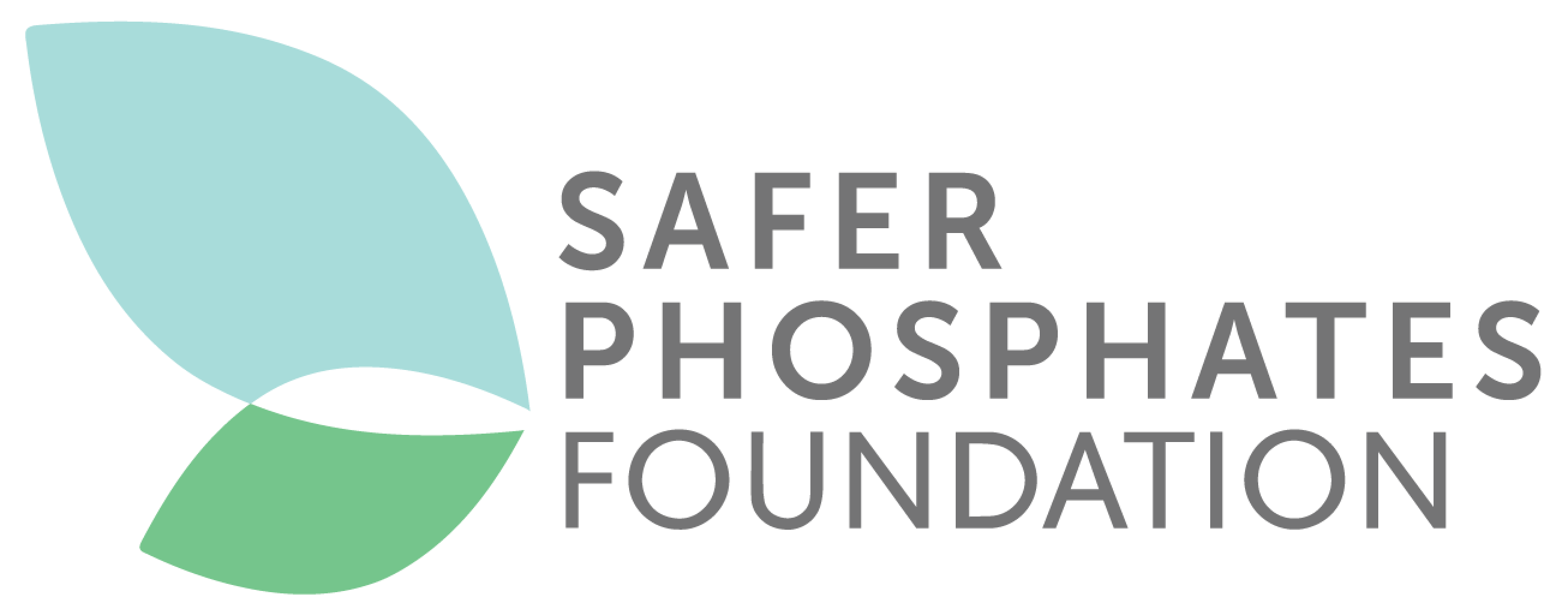Plants are continuously confronted with unfavourable environmental conditions such as soil salinity, drought, heat, cold, flooding and heavy metal contamination. Indeed, heavy metal pollution in the environment has become a severe global issue which necessitates fast and strong engagement from countries, the scientific community and stakeholders to find methods to remediate soil that has been polluted by heavy metals.
)
Among these heavy metals, cadmium (Cd) is a non-essential and toxic metal, which is rapidly taken up by roots and then accumulates in various plant tissues, impacting the growth and the productivity of the crops. As cadmium is easily absorbed by plants, its presence in the food chain poses a real threat to animals and humans. A variety of strategies are available to offset the effects of Cd toxicity, including nutrient management.
A recent scientific review written by researchers from the Research Institute of Ecology Problems (Almaty, Kazakhstan), the USDA Forest Service and the Department of Biological Sciences of the University of New Hampshire (USA) has addressed the question of cadmium pollution in the environment and the various ways plants take up cadmium and respond to its accumulation. It concluded that:
“The increased development of metallurgical and mining industries is primarily responsible for the increases in cadmium pollution in the environment. Another significant source of cadmium contamination of agricultural plants is the widespread use of phosphorus fertilisers, which contain cadmium. Cadmium reduces the growth and development of plants. Cadmium in the soil also competes with the basic essential mineral elements thereby reducing their uptake by plants. (…) It is worth emphasizing that even though low concentrations of Cd in the soil do not lead to the accumulation of Cd in the fruits or grain of most crops, they do negatively impact the growth and development of most plants. The strengthening of oxidative stress, decrease of antioxydative enzyme activities, changing in membrane permeability and other negative alterations lead to inhibition of growth and biomass accumulation”.
Many studies have shown that a high concentration of Cd in soils seriously affects the stability of crop yields, which leads to a significant reduction in production. Excess Cd can affect the content and proportion of protein, fat, starch, amino acids, and other nutrients in crops, and increase the content of Cd in grains, which can endanger human health via the food chain.
To address this overall issue at European level, the European Commission announced earlier this year through the Farm-to-Fork Strategy, its commitment to addressing excess nutrients in the environment. The Commission has focused on nitrogen and phosphorus because the use of fertilisers of this kind does not seem to equate to the absorption capacity of plants. As such, the overall aim is to reduce nutrient losses by at least 50% while ensuring that there is no deterioration in soil fertility. This also involves an aim to reduce the use of fertilisers by at least 20% by 2030. To achieve these goals, the Farm-to-Fork Strategy puts forward the idea of so-called integrated nutrient management action plans (INMAP). The Commission will thus develop such INMAPs with the Member States by 2022 to address nutrient pollution at source and to increase the sustainability of the livestock sector.
)
This approach is fully supported by Safer Phosphates putting weight on the importance of establishing a smart, holistic and diversified approach to the use of fertilisers by ensuring that low-contaminated fertilisers can be viewed as an essential element in providing a combination of nutrients which facilitate plant growth and fertility.
Sources:
Response of plants to cadmium stress. Atabayeva S.D., Minocha R., Minocha S.C. et al. –International Journal of Biology and Chemistry, 2020, Vol. 13, No 1, pp. 109-117 (https://ijbch.kaznu.kz/index.php/kaznu/article/view/446/285);
Cadmium Tolerance in Plants: Agronomic, Molecular, Signaling, and Omic Approaches. Hasanuzzaman M., Prasad M. N. V., Nahar K. – Academic Press, 2019;
Communication from the Commission to the European Parliament, the Council, the European economic and social committee and the committee of the regions “A Farm to Fork Strategy for a fair, healthy and environmentally-friendly food system” COM(2020) 381 final.

